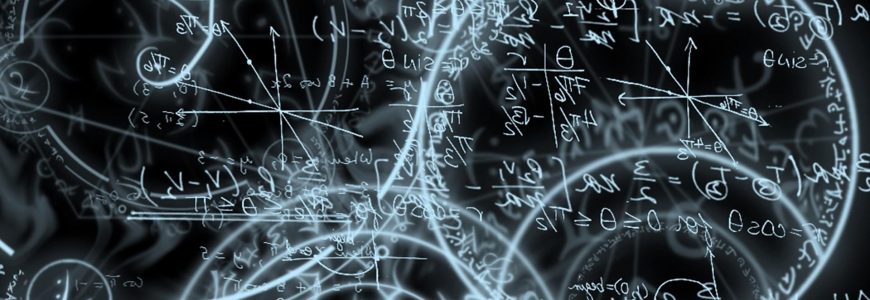Linear algebra is actually a crucial part of mathematics which concerns itself with vector spaces, that are usually finite & countably infinite dimensional. Additionally, it discusses linear mappings in between spaces. This kind of exploration is driven by linear situation methods through a number of unknowns, ordinarily represented by the formalism which makes up vectors as well as matrices.
Linear algebra is actually paramount to applied and pure choices in mathematics. Abstract algebra, for example, is actually made known by relaxing vector room axioms, which must, in that case, lead to some generalizations. The concept of functional analysis studies infinite-dimensional variations of the vector space theory. When coupled with calculus, it must facilitate linear program treatments made up of differential equations. The strategies required are additionally employed in the areas of engineering, analytic geometry, natural sciences, physics, social sciences and also in computer science. Because it is a well-developed principle, any kind of nonlinear mathematical variants could be approximated by linear versions themselves.
The very first scientific studies of linear algebra emerged from studying determinants, which were utilized before in the solving of the methods about linear equations. This kind of determinants had been used by Leibniz back in 1693, that also paved the way for the Cramer’s Rule relating to linear devices in the mid 1700’s. Theories in solving the linear methods quickly followed with the assistance of the Gaussian elimination, originally mentioned as a crucial advancement of the region of geodesy.
Matrix algebra suggestions initially surfaced to the consciences again in the mid 1800s, with James Joseph Sylvester introducing the matrix phrase (Latin for “womb”). Multiplications, as well as matrix inverses, was the outcome of learning linear transformation composition. It had been during this kind of situations that individual letters had been utilized to denote some matrix, treating the matrix itself as an aggregate object. The proponents also came to understand just how there became a connection between the determinants as well as matrices, which basically precedes the principle relating to determinants.
A far more contemporary as well as the exact meaning of vector spaces was released back in 1888, followed by the principle suggesting linear transformations comprising of a finite dimensional vector room. Linear algebra had its first contemporary form in the first twentieth century, exactly where the ideas, as well as methodologies utilized in the prior centuries, typically viewed as abstract algebra. Utilizing matrices of the region of quantum mechanics, stats, and extra relativity had helped in the spread of the topic over the world of pure mathematics. Developments surfaced with the launch of computer systems and their increasing computing powers, which urged improved analysis through effective algorithms designed for Gaussian elimination/matrix decomposition. The conversion of a matrix into reduced row echelon form plays a crucial role in matrix decomposition. With the advent of the rref calculator, solving a system of linear equations by reducing it to reduced row echelon form has become quite simpler.
Because linear algebra is regarded a booming principle, the techniques used have effectively produced also, therefore generalized in the additional sides of mathematics. To the module principle, for instance, one replaces an area of scalars working with a band. Linear independence principles, which includes span, dimension (also called ranking in the module principle itself) as well as basis continue to be relied on. A lot of theorems come into conflict with the module concept however. Not all of the modules involved has a foundation, particularly those tagged as free modules.
I hope you found this article informative. If you have any questions, please comment below. I would be glad to help you. Thank you very much for reading!

